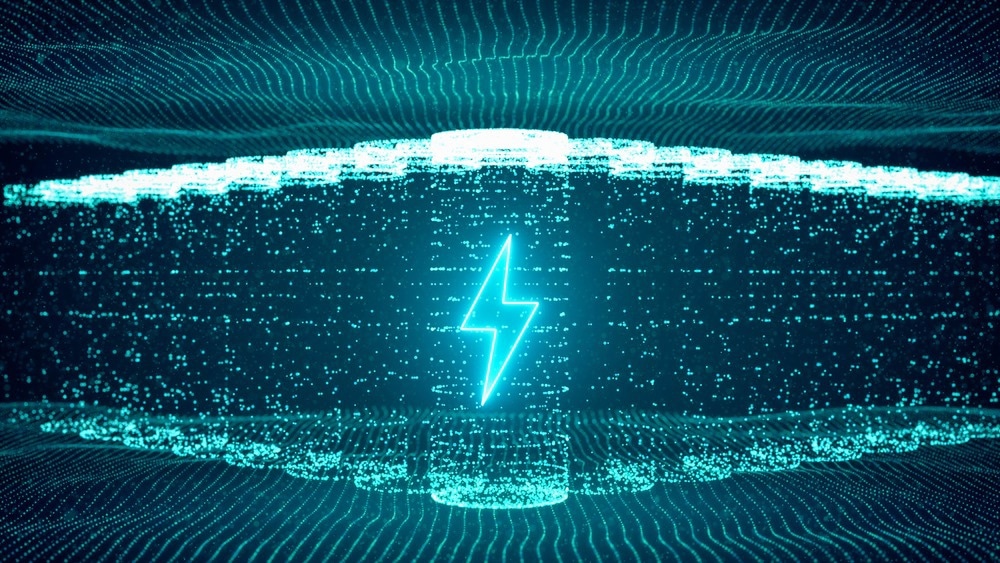A research team led by Pennsylvania State University has created a method that could help to lower the cost of fuel cells. The novel technique imitates a procedure used in the production of computer chips to lower the quantity of platinum-group metal (PGM) loadings.

Image Credit: Black_Kira/Shutterstock.com
On July 24th, 2023, they made their findings public in JACS Au, an open-access journal of the American Chemical Society.
The new method could lower the cost barrier to mass-producing proton exchange membrane-based fuel cells, which can electrically power heavy-duty vehicles and consequently reduce greenhouse gas emissions, claims corresponding author Christopher Arges, an associate professor in the Department of Chemical Engineering and a faculty member in the Institutes of Energy and the Environment.
Fuel cell electric vehicles are the best electrical power train platform for heavy-duty vehicles and vehicles that constantly need to move goods and people.
Christopher Arges, Study Corresponding Author and Associate Professor, Department of Chemical Engineering, Pennsylvania State University
Self-assembled block copolymer templates, which are nanoscale structures that take the shape of ordered patterns, were used in the newly found method to produce large surface area supports.
This method, also known as block copolymer lithography, is a bottom-up lithographic patterning technique used to create dense patterns with feature sizes ranging from 6 to 40 nanometers over large regions.
The researchers sputtered a thin coating of PGM onto the support substrate after fabricating dense, the high-surface area supports with modest periodic feature sizes.
Arges added, “We have adopted this technique for the first time to make electrodes with a very low loading of PGM. Our new electrocatalysts, which are not alloyed, display competitive performance with state-of-the-art platinum nanoparticles on high surface area carbon supports while showing much better durability when compared to the platinum nanoparticles on high surface area carbon supports.”
Alternatives to the more popular lithium-ion battery electric vehicles include fuel cell electric automobiles.
Arges further stated, “Vehicles that use lithium-ion batteries do not perform well when their sole purpose is constantly transporting goods and passengers, such as planes, buses, ships, trains and large trucks. These transport applications do not have time to wait for charging. Plus, fuel cell electric vehicles offer high energy density when the vehicle is large and needs to travel a large distance.”
When employed in a heavy-duty vehicle, the higher energy density of fuel cell power plants enables more energy to be stored within a constrained volume or weight, leading to longer driving distances or more effective energy storage.
Fuel cell electric vehicles also use hydrogen and emit no pollutants or emissions.
“The fuel cell does not combust the hydrogen with oxygen in the air. Rather, it performs an electrochemical reaction with hydrogen at one electrode and another reaction with oxygen at another electrode. At the oxygen electrode, the protons from the reacted hydrogen are combined with oxygen,” Arges noted.
He further stated, “Electrons from the reaction move externally through the cell to power the electric motor, and the only byproduct is water. Furthermore, if the hydrogen is derived from water electrolysis powered by renewable energy, it is considered green hydrogen and has zero carbon emissions.”
Fuel cell sales of electric vehicles are not picking up despite the appeal of zero emissions and increased energy density. In contrast to the 2.5 million battery electric vehicles sold in the US since 2012, only around 15,000 fuel cell electric vehicles have been. One restriction is the lack of infrastructure for recharging with hydrogen.
The team has a proposal filed for using their innovative extended surface electrocatalyst in additional electrochemical processes, such as water electrolysis to produce green hydrogen.
Arges concluded, “Now, we are trying to integrate this process to making membrane electrode assemblies used in actual fuel cell power plants and water electrolyzers.”
Deepra Bhattacharya, a graduate student at Penn State and the study’s lead author, and Ke Wang, an associate research professor at the Materials Research Institute, were also members of the team along with Arges.
The study that served as the foundation for this work was funded by the Advanced Materials & Manufacturing Technologies Office of the US Department of Energy.
Journal Reference:
Bhattacharya, D., et al. (2023) Extended-Surface Thin-Film Platinum Electrocatalysts with Tunable Nanostructured Morphologies. JACS Au. doi:10.1021/jacsau.3c00277